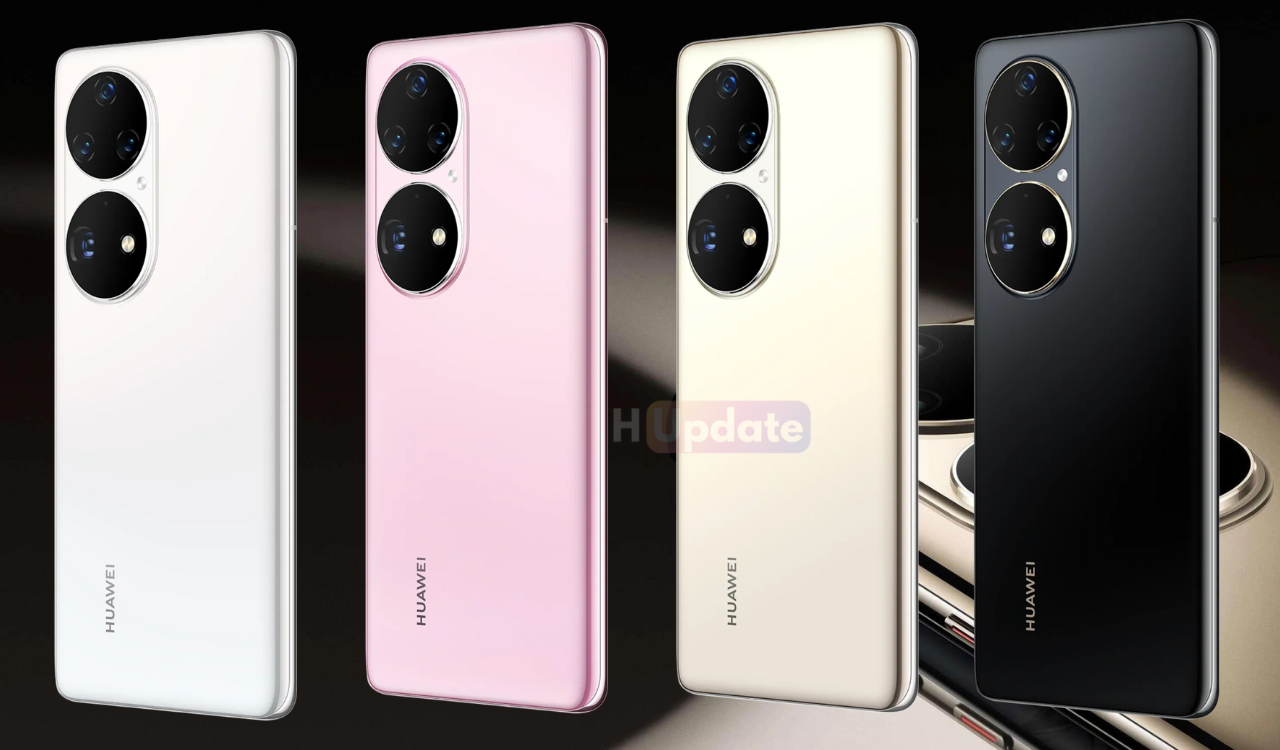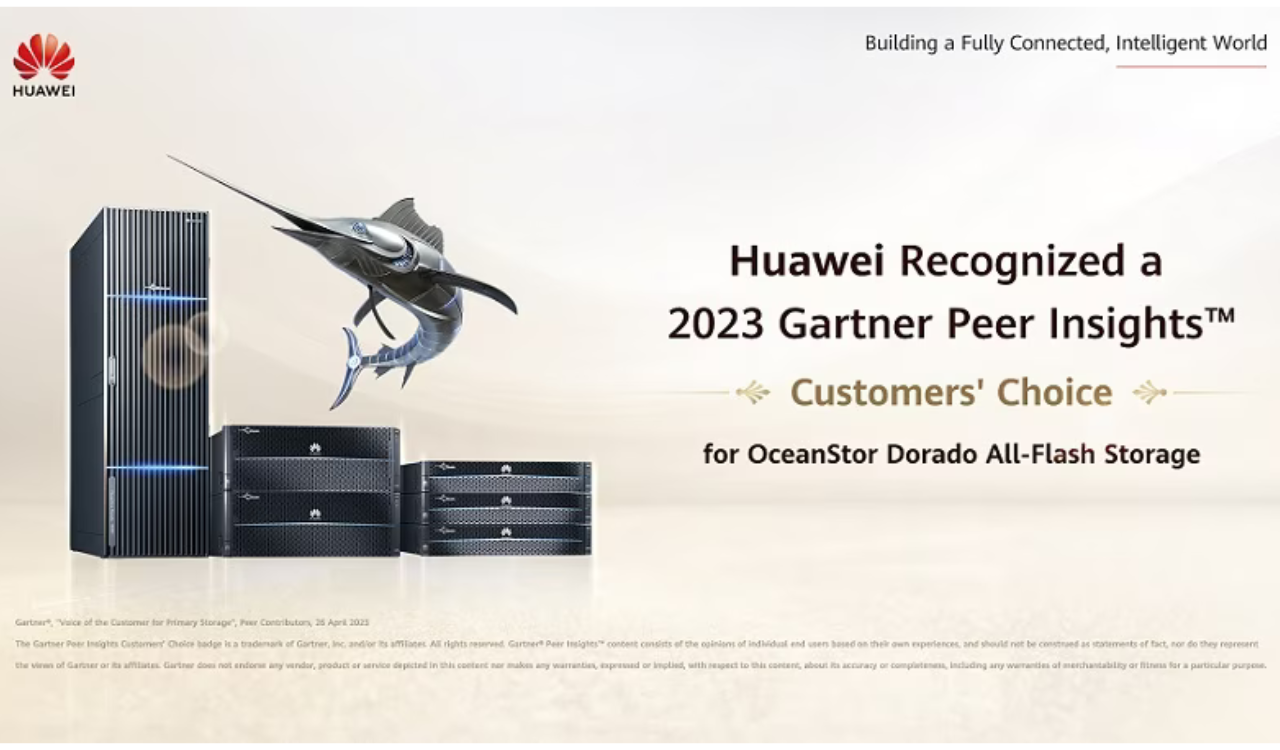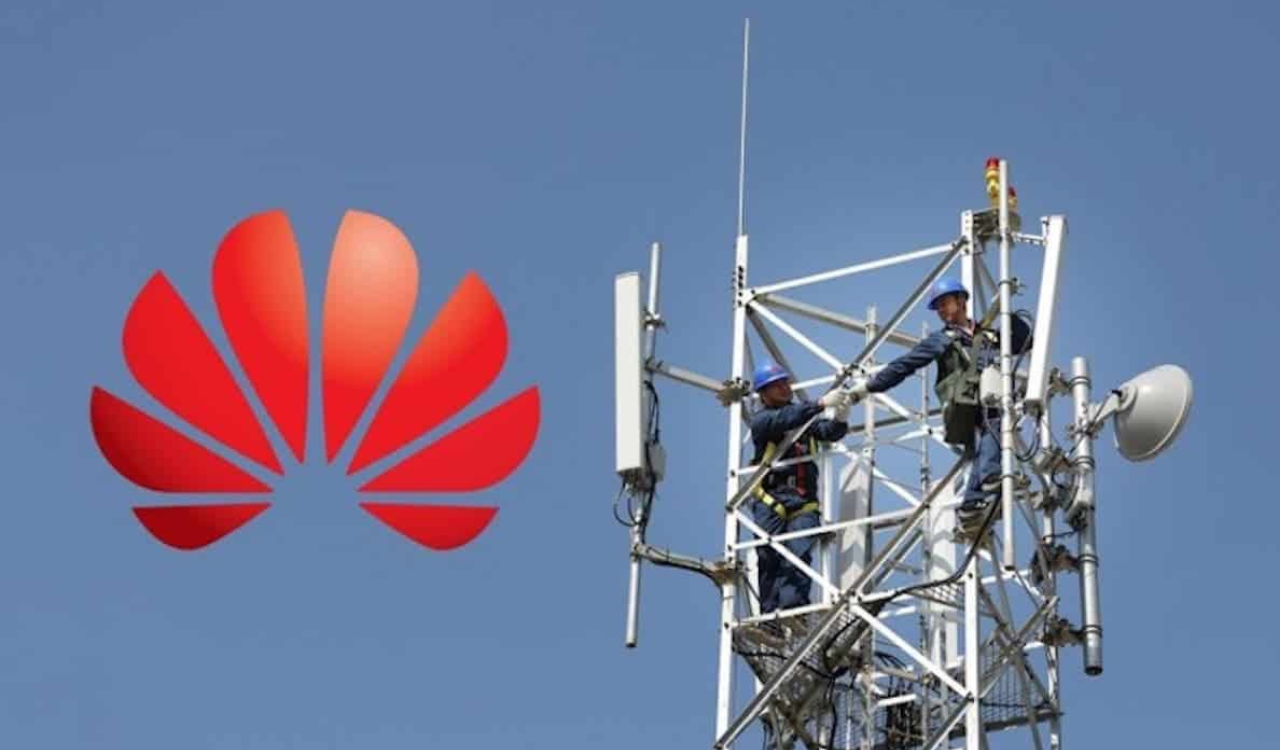Huawei 5G
Huawei and China Unicom Beijing brought 5G ubiquitous Gigabit to the National Stadium

During the World Telecommunication & Information Society Day (WTISD) Day, China Unicom Beijing and Huawei announced the National Stadium 5G ubiquitous gigabit network in the 5G Capital series of events, as a part of the joint 5G Capital initiative between them.
Combining the 5G LampSite digital indoor network products that support an ultra-wide bandwidth of 300 MHz and the innovative distributed Massive MIMO technology, the network delivers a perceived data rate of above 1 Gbps in 90% of the grandstand area. This level of performance fulfills the requirement for ubiquitous Gigabit experience in the stadium, providing the infrastructure required to scale up smart applications, such as AR services in large stadiums.
Nicknamed the Bird’s Nest, the National Stadium is a 91,000-capacity comprehensive venue covering 258,000 m2 in Beijing. Large open areas with a high density of mobile users such as these represent a typical heavy-load scenario of mobile networks.
China Unicom Beijing used Huawei’s indoor digital small cells that support a bandwidth of up to 300 MHz to build the network. The field tests showed that the downlink peak throughput reached 12 Gbps with a continuous 300 MHz bandwidth in the 3.3–3.5 GHz band. This optimal uplink and downlink experience enables both the ultra-high uplink speeds of ToB services and ultra-large capacity of ToC services. Realizing a ubiquitous Gigabit experience in large heavy-traffic stadiums marks a new leap toward enhancing network experience.
Distributed Massive MIMO is vital to greatly improve 5G performance and support 5G ubiquitous Gigabit networks. Incorporating the leading technologies of outdoor 5G Massive MIMO into indoor networks, distributed Massive MIMO provides indoor networks with joint beamforming and multi-user MIMO (MU-MIMO) to enhance both the 5G network capacity and user experience. It improves signal quality by eliminating the co-channel interference on multi-cell networks to provide a high-speed and high-quality experience in most areas with 5G coverage. The field results showed an improvement of over 30% in user-perceived speed and consistent Gigabit experience for users on the move.
Yang Peng, Deputy General Manager of China Unicom Beijing’s Network Division, said: “By jointly initiating the 5G Capital initiative with Huawei, we aim to build ubiquitous high-quality 5G networks. With the deployment of the 300-MHz LampSite pRRUs and distributed Massive MIMO in the National Stadium, China Unicom Beijing can now provide the ultra-large network capacity required to provide the audience with immersive experience while preparing networks for smart applications such as AR with ubiquitous Gigabit connections.”
Marvin Chen, President of Huawei DIS Product Line, said: “Distributed Massive MIMO introduces Massive MIMO to the digital headends of indoor networks. Due to this innovative application, up to 64T64R transmission is now possible in indoor networks, adding to new tools carriers can leverage to provide ubiquitous Gigabit experience in indoor areas. Huawei will continue to innovate network solutions to help carriers achieve ToB and ToC success.”
Android
Astronauts took the Huawei P50 Pro to space

Recently, Chinese astronauts have taken the flagship Huawei P50 Pro to space initiated to share some selfies of up there….!! Huawei P50 Pro smartphone in space is just rock, specifically for the International Space Station (via Huawei Central). The dual camera ring design of the phone is clearly visible in the images. As a Chinese astronaut shared some pictures from the Space Station. Which showcased the P50 Pro in his hand taking the phone there.
Also, the phone is pictured within a controlled atmosphere of the space station. Take it to outer space and it will likely destroy itself with its own heat due to lack of cooling. These images might suggest that the smartphone is capable of functioning even in space, but that is unlikely. Modern smartphones are designed to be used in Earth’s atmosphere. While certain functions like the camera and touch may work. There is no chance for signal reception and calling.
The Huawei P50 Pro runs on HarmonyOS and has a 6.6-inch OLED display with 1.07 billion colors, 120Hz refresh rate, and 2700 x 1228p resolution123. It is powered by a Qualcomm Snapdragon 888 4G processor with 8 CPU cores. Also, a maximum clock speed of 2840 MHz14. It has a 4360mAh battery that supports 66W wired and 50W wireless charging1.
Additionally, it has a quad camera setup on the back with a 50MP main sensor and a 13MP selfie camera on the front1. It is dust and water-resistant up to 1.5m for 30 minutes3. Also, it measures 158.8 x 72.8 x 8.5 mm and weighs 195g235. It comes in black and gold colors.


Huawei 5G
Huawei Recognized as a Customers Choice in 2023 Gartner Peer Insights

In the Gartner Peer Insights Voice of the Customer for Primary Storage for its OceanStor Dorado all-flash storage, Huawei was recognized as a 2023 Customers’ Choice. That too with a 100% user recommendation rate and a full score of 5.0 based on 214 reviews, Huawei steal the heart of customers.
Showcasing the Huawei OceanStor Dorado all-flash storage played a part in the evaluation process. Covering industries from a wide range of economic sectors, including telecommunications, manufacturing, services, and so on, the product was reviewed by hundreds of customers worldwide in various regions.
Over 150 countries and regions including Latin America, Europe, Africa, the Middle East, and Asia-Pacific, Huawei OceanStor Dorado all-flash storage is now utilized. Where it provides reliable services to industries such as finance, telecommunications, government, and public utilities.
Huang Tao, President of Huawei All-Flash Storage Domain, is convinced.
“We are grateful for the global community’s continued support and recognition, as Huawei’s primary storage is once again regarded as a ‘Customers’ Choice’. We believe this recognition is the highest form of affirmation from our valued clients, and it serves as a driving force fueling our persistent efforts towards further improvements.”
“In our commitment to innovation, we will focus on crucial aspects such as reliability, ease of use, and security, while continuously investing in technologies to offer our clients more efficient, stable, and intelligent storage solutions that accelerate their digital transformation.”

Huawei 5G
US required more money to get rid of Huawei equipment

The cost of removing the Huawei equipment has risen since Huawei and ZTE have been declared as national security threats due to the practice of spies. The US wants to completely spare Chinese tech giant equipment from the county while campaigning to get rid of them.
The US imposed sanctions on Huawei equipment in 2019. The FCC was granted $1.9 billion in funding to help carriers replace Huawei and ZTE equipment with alternatives, in 2021. In the present year, it is estimated that the US needs more money to completely fulfill the job. i.e. another 3.08 billion dollars to bring the project to completion.
Why does America need more money to get the job done?
The US will spend a total of 5 billion dollars on infrastructure replacement if additional costs do not appear in between. The compensation is for carriers with more than two million users, in the first line. However, due to the lack of funds, the FCC decided to set priorities.
The US is also pressurizing European countries to do the same, apart from the fact that the US having a lack of funds in the same stream. So far, only Sweden and the UK have obeyed. Other countries continue to do business with Chinese companies, and currently, 41% of European 4G infrastructure relies on Huawei technology. The complete replacement of Huawei infrastructure will last until 2027 as later predicted.
What about other countries?
Following the US sublines some EU countries decided to go their own way despite the fact that the US needs more money to get rid of Huawei. Germany, Poland, Portugal, and Austria continue to use Huawei equipment for the 5G network as well.
Berlin rais hand to be self decision-maker in the line, about whose equipment it will opt for. Meanwhile, they’ll not give in to American pressure. As other the recent report disclose that the operator Vodafone in Germany alone would spend 2.8 billion euros to replace Huawei’s equipment.

















